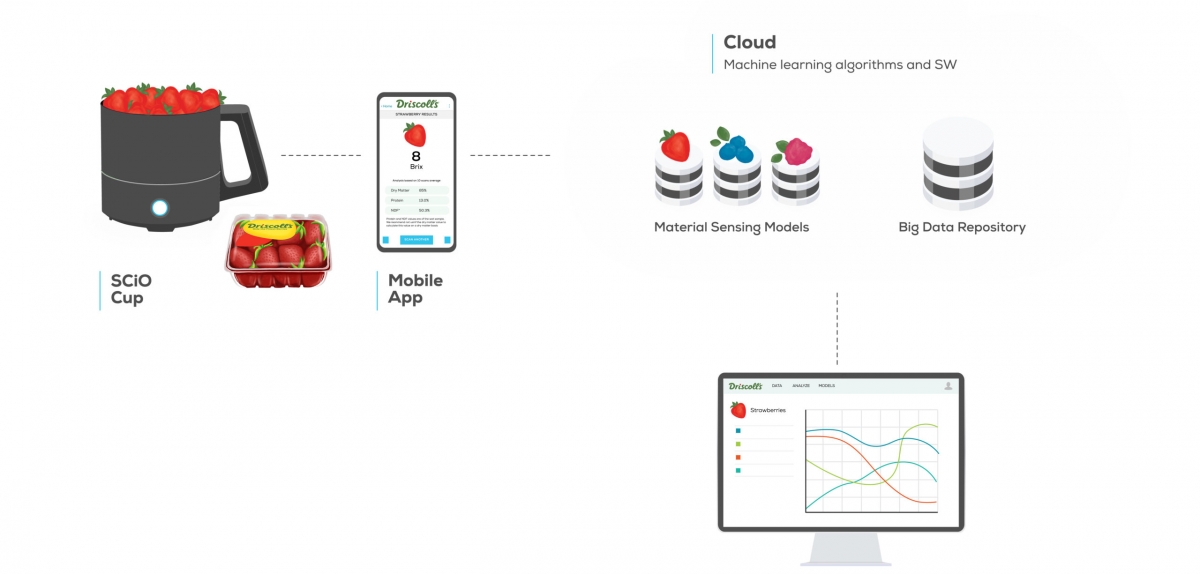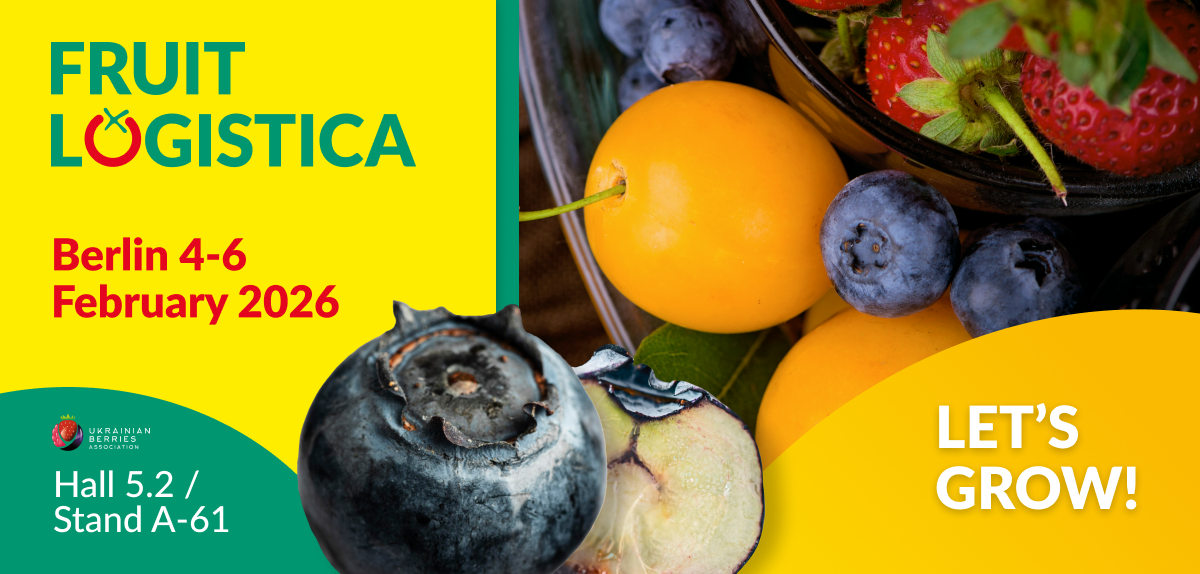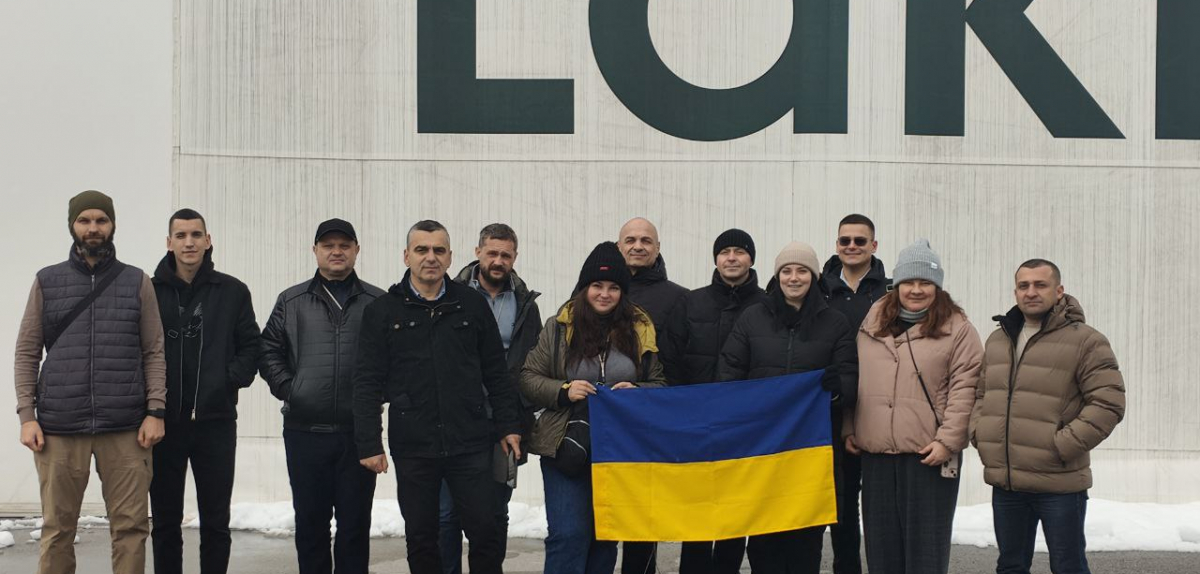
Driscoll’s is Using Consumer Physics Technology to Bring Sweeter Berries to Market

Before we get into the technology, it’s good to understand how Driscoll’s works. As Brie Reiter Smith, Driscoll’s Director of Quality Systems Design, explained to me by phone this week, Driscoll’s has roughly 1,000 berry growers in its network. The quality of the berries it receives though, can very greatly — even from growers in the same region.
A decade or so ago, this disparity wasn’t a huge deal, but as Reiter Smith explained, that has changed. “Over the years, the breeding programs and supply chains have improved,” Reiter Smith said. “Consumers are more aware of how flavorful fruit can be.”
In other words, consumers know what they want, and they want sweeter berries. To incentivize growers to produce sweeter berries, Driscoll’s began analyzing berry sugar content, which is measured on the Brix scale. Traditionally, Driscoll’s had done this Brix measurement by hand by selecting sample berries, crushing them and using a refractomer to analyze the juice. But this process is time consuming and destructive. On the scale that Driscoll’s operates, that’s a lot of product that goes to testing instead of store shelves to be sold.
This is where Consumer Physics and its SCiO comes in. We covered the company before, back in 2017, when its handheld near infrared spectrometry scanner was being used by Cargill to measure dry matter in cattle forage, and then again in 2019 when it was used to measure moisture in cacao beans.
Since then, Consumer Physics has developed the larger SCiO Cup, which, in the case of Driscoll’s, allows an entire clamshell of strawberries to be scanned at one time. Berries are scanned using the near infrared spectrometry, a cloud-based system that analyzes the findings and provides the Brix measurement via mobile app. This automated bulk approach is faster because berries don’t need to be hand selected and crushed. Since the berries aren’t destroyed, they can be returned to be sold.
We’re seeing more of this type of high-tech, automated scanning enter the food supply chain. AgShift and Intello Labs both use computer vision and AI to assess the quality of food and establish fair market prices. AgShift’s bulk scanner, Hydra, was actually being used by Driscoll’s back in 2019.
Driscoll’s has a reward system for growers that produce higher-value berries. With the results of the Brix analysis, farmers can adjust their berry growing and harvesting to achieve that higher sugar content. That, in turn, means sweeter berries at your local store.
According to last week’s press announcement, Driscoll’s will start integrating SCiO measurement this month in the U.S. Mexico and Canada. By the end of the year, the company will rely exclusively on SCiO for Brix measurement in the roughly 2 million quality inspections it conducts annually in North America.

 En
En  Укр
Укр 


